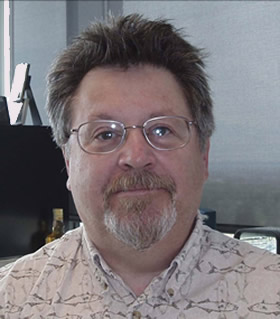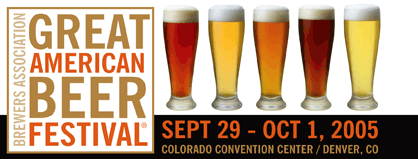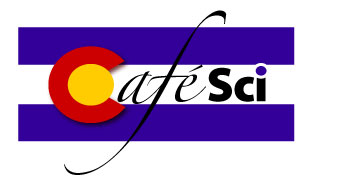|
Dr. Robert A. Sclafani received his BA and PhD in Genetics from Columbia University in New York City. He did postdoctoral research in yeast genetics at the University of Washington in Seattle from 1981-1985. He has been brewing since 1982 after he took a course in home brewing from a fellow researcher in Seattle. He has consulted for several microbreweries and brewpubs including Wynkoop, Breckenridge, Tabernash and Columbine. He has been a Professor at the University of Colorado Health Sciences Center since 1985. His laboratory studies yeast cell growth and division and uses yeast as a model system to study cancer biology. His favorite beer is IPA.
|
 |
About the topic
| At the Café, Bob pointed out that Brewer's yeast has lost almost all its "introns," the spacer regions between actual coding parts of genes which all eukaryotes (yeast, people) have. He thought that was probably due to their continuous culture and domestication by humans. When asked whether brewers use genetically-modified yeast for making beer, he said "I think everything we eat has been GM for centuries."
Sclafani, R.A. For the Beginner: Yeast at Work. Zymurgy 20: 45-47 (1997). And don't forget, for further research, the Great Americal Beer Festival! → |  |
